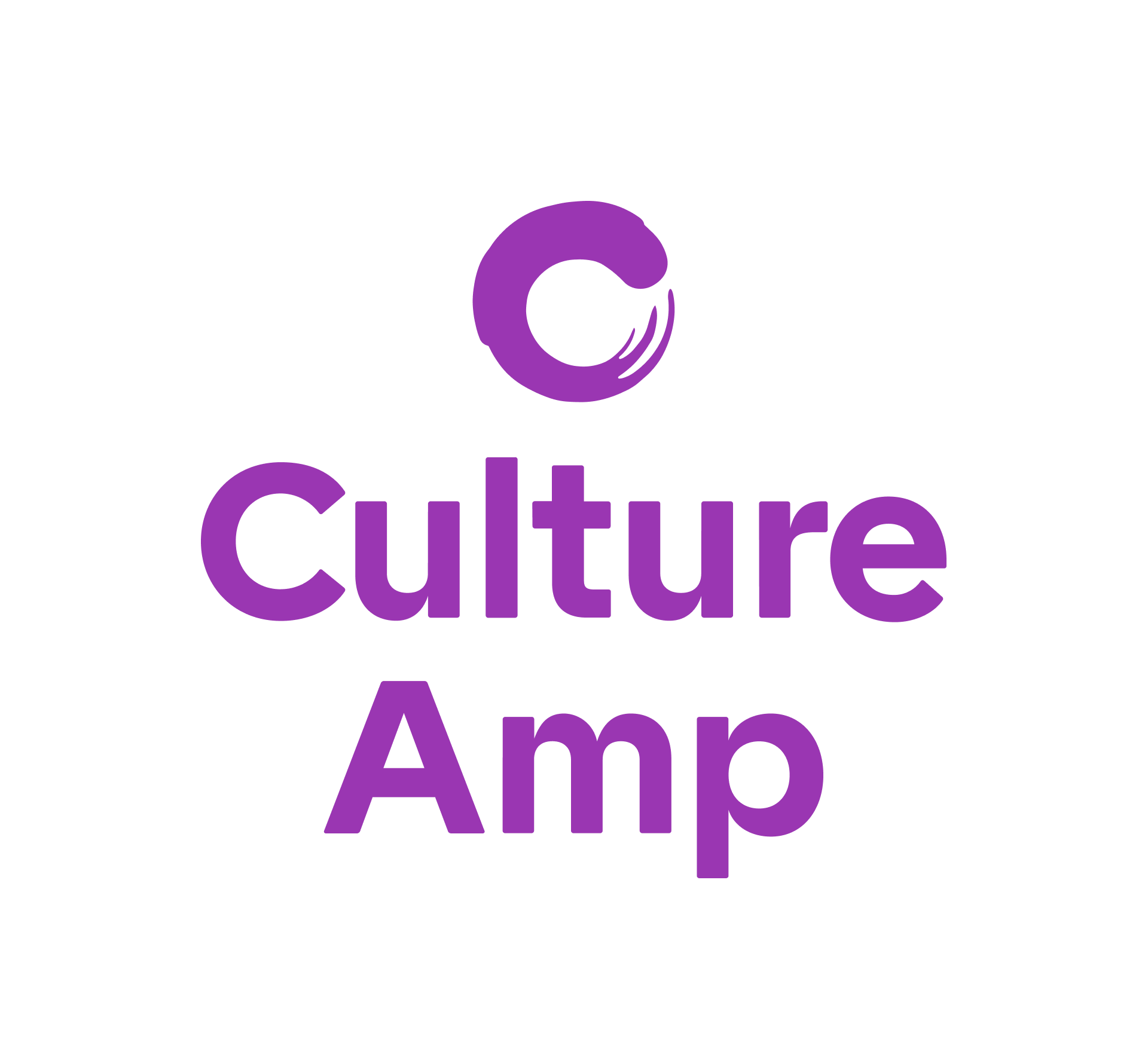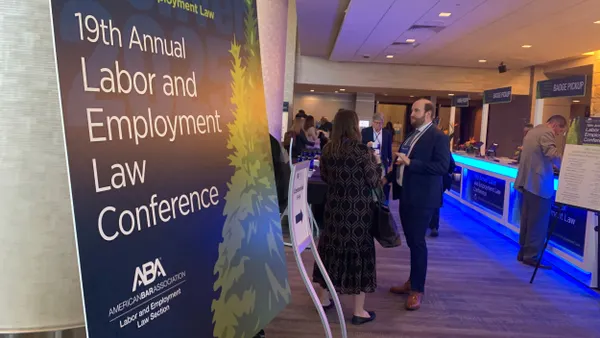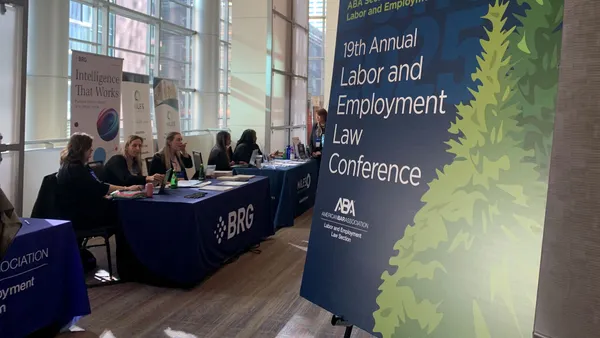DENVER — Employer diversity, equity and inclusion efforts may be facing increased scrutiny, but there are a number of steps HR professionals can take to keep their programs out of critics’ crosshairs, panelists told attendees at the American Bar Association’s annual labor and employment law conference Thursday.
Employers still need to solve the problems a DEI program aims to solve, said Amanda Machin, of counsel at law firm Gibson Dunn & Crutcher, but they need a nuanced solution – one that doesn’t take shortcuts.
1. Numerical goals
Any type of numerical goals about workforce diversity “are going to be problematic going forward,” Elizabeth Mabey, senior labor and employment counsel at manufacturer Johns Manville, said.
Diverse candidate slate policies may similarly draw more scrutiny than they have in the past, according to Susan Garea, shareholder at law firm Beeson, Tayer and Bodine. Recent “EEOC guidance makes clear they’re going after that concept as prohibited by Title VII,” she said.
2. Exclusion
Mentoring, networking or training opportunities in which participants are selected based on protected characteristics are risky and may invite backlash, Mabey said.
Not using protected status as a selection criteria is really important today, Machin agreed, “and has always been really important.”
Rather than pairing mentees and mentors with similar identity factors, an employer can train all mentors on the potential nuances of being a worker of color or an employee with a disability, for example, Pamela Coukos, co-founder and CEO of consulting firm Working IDEAL, suggested. Again, “don’t take shortcuts,” she said, echoing her co-panelist’s advice. “Identity isn’t the answer to every question. There are no shortcuts. You have to do the work.”
3. Murky language
It’s important for employers to look at how they talk about DEI programs, not only in the courtroom but elsewhere, Garea said.
Public perception changed and is muddied, according to Coukos, primarily because of the U.S. Supreme Court’s decision on race-conscious admissions.
Even though workplace DEI doesn’t work the same way as higher education admissions, perception at work matters. Some heard the Supreme Court say “you can’t do DEI,” Coukos said. It’s important for employers to be clear that Title VII is different, she said; “Title VII never worked that way and still doesn’t work that way.”
Kira Fonteneau, member and co-owner of the Workers’ Firm, a plaintiff-side law firm, agreed. “DEI and affirmative action are being conflated,” she said; There’s a difference between a remedial affirmative action goal which involves specific targets, and DEI, which involves making the workplace safe for all and allowing all employees to bring their whole selves to work.
Clarifying the goals of an employer’s DEI efforts will take work but can be done, and there’s no need to jettison a DEI program entirely, according to Coukos. “Don’t scrub it. Don’t kill it,” she said. Instead, “do it well.”















